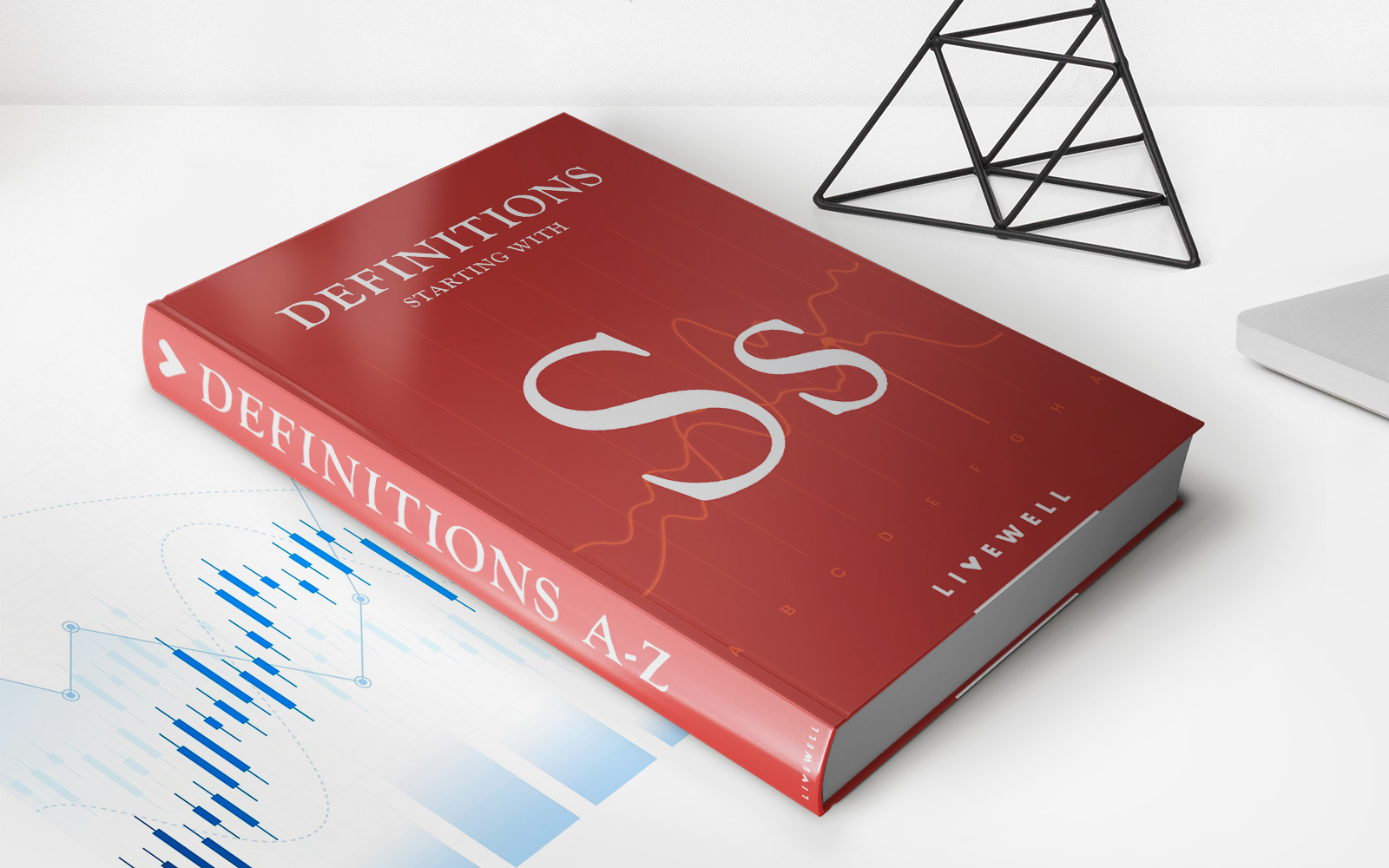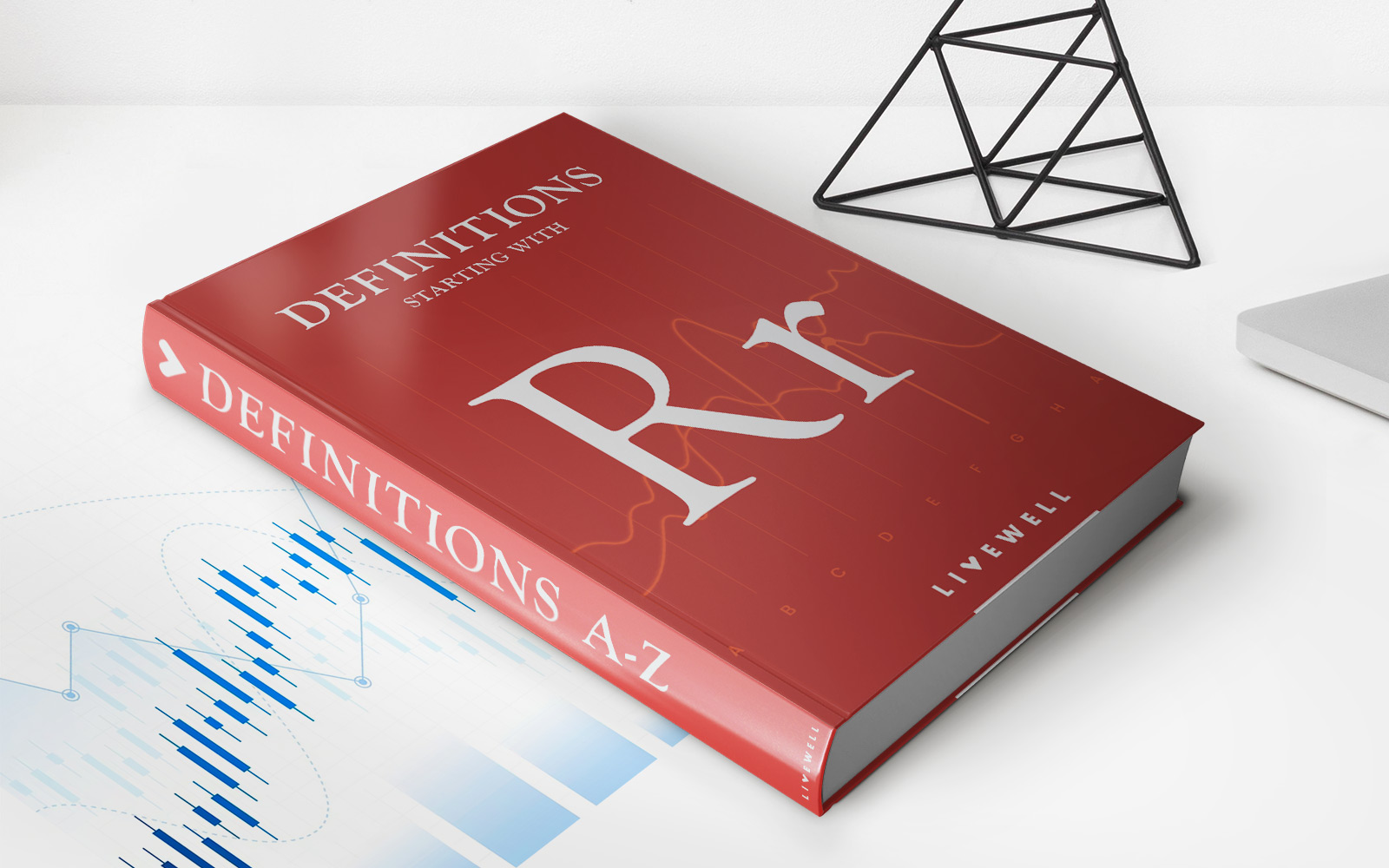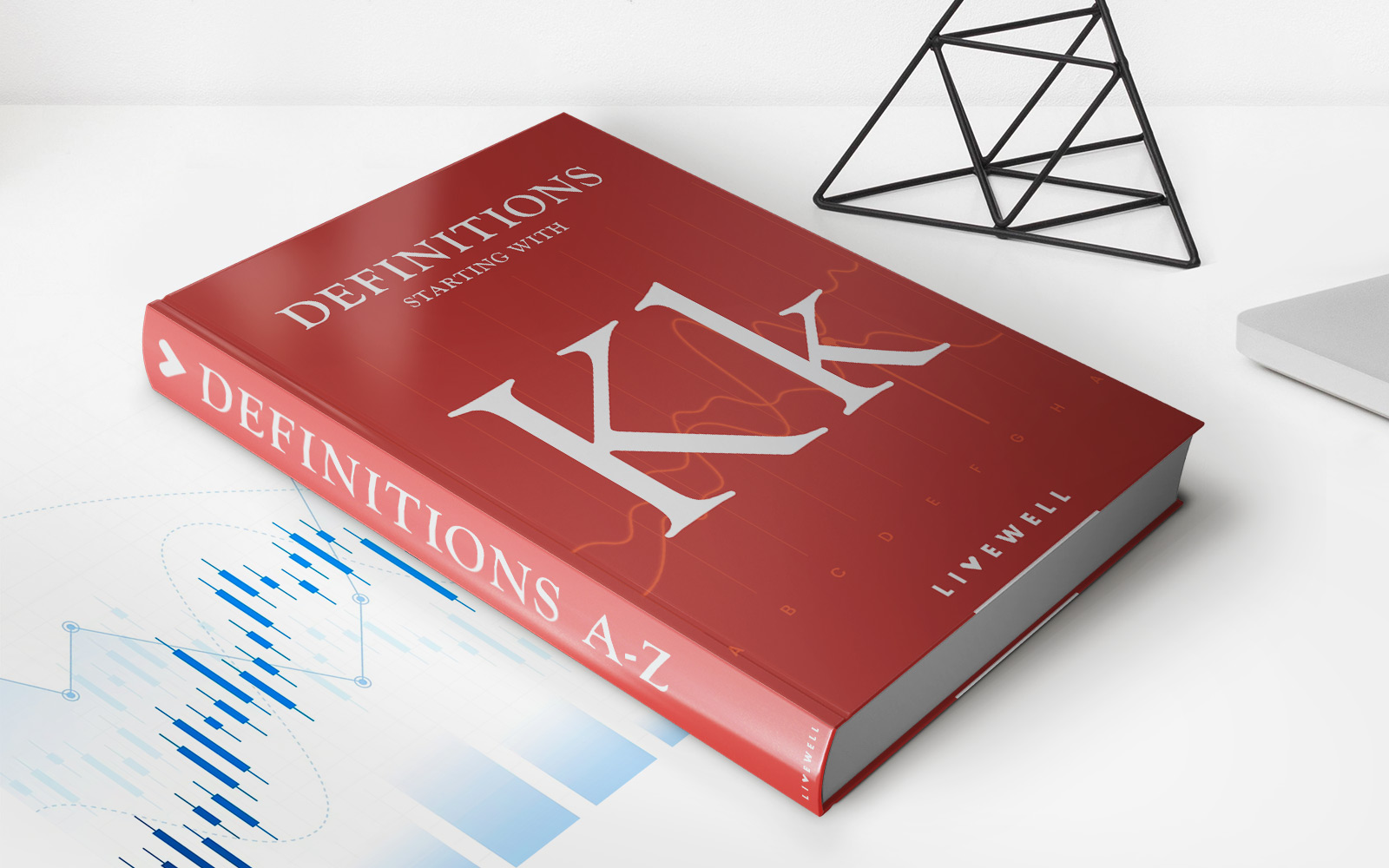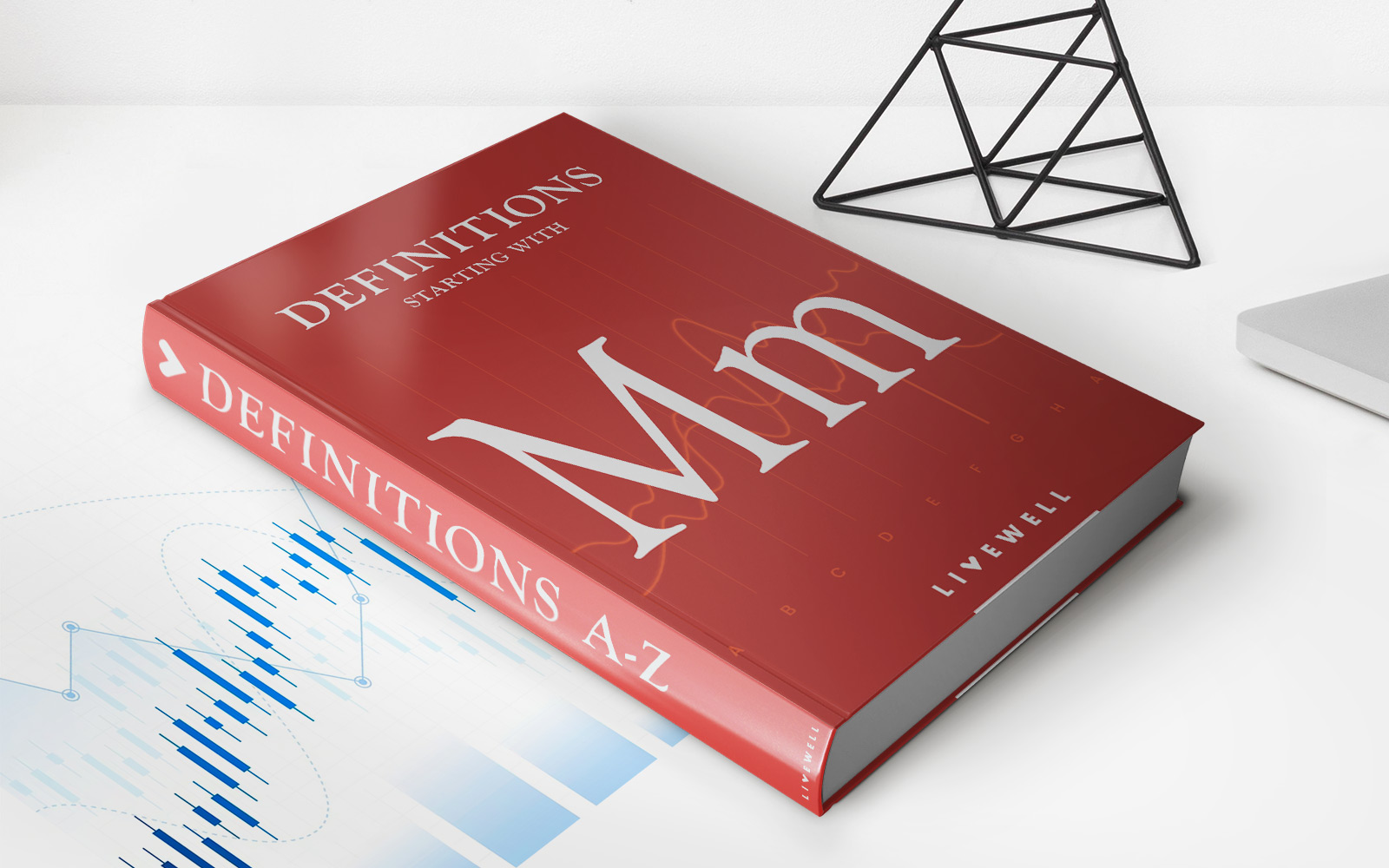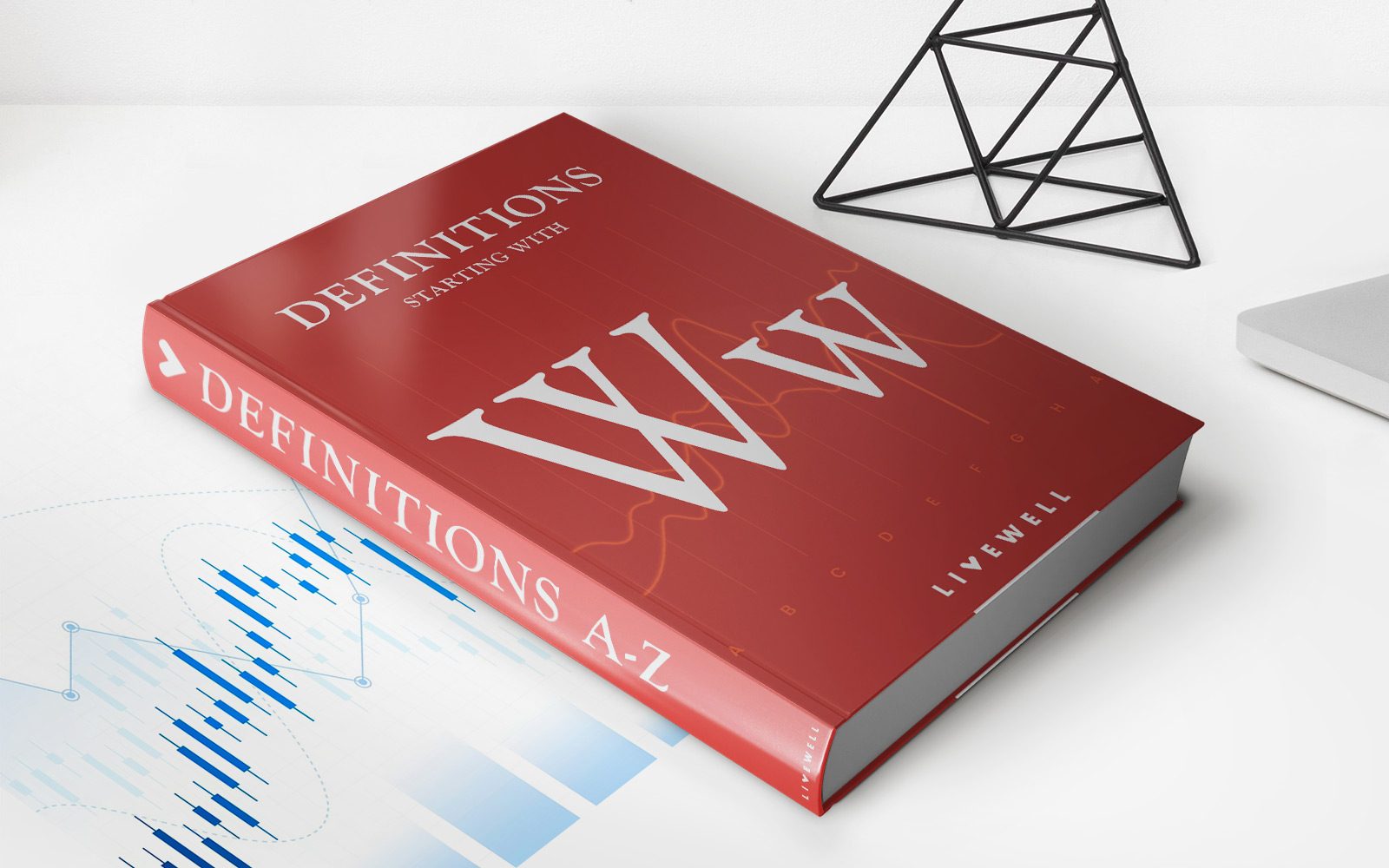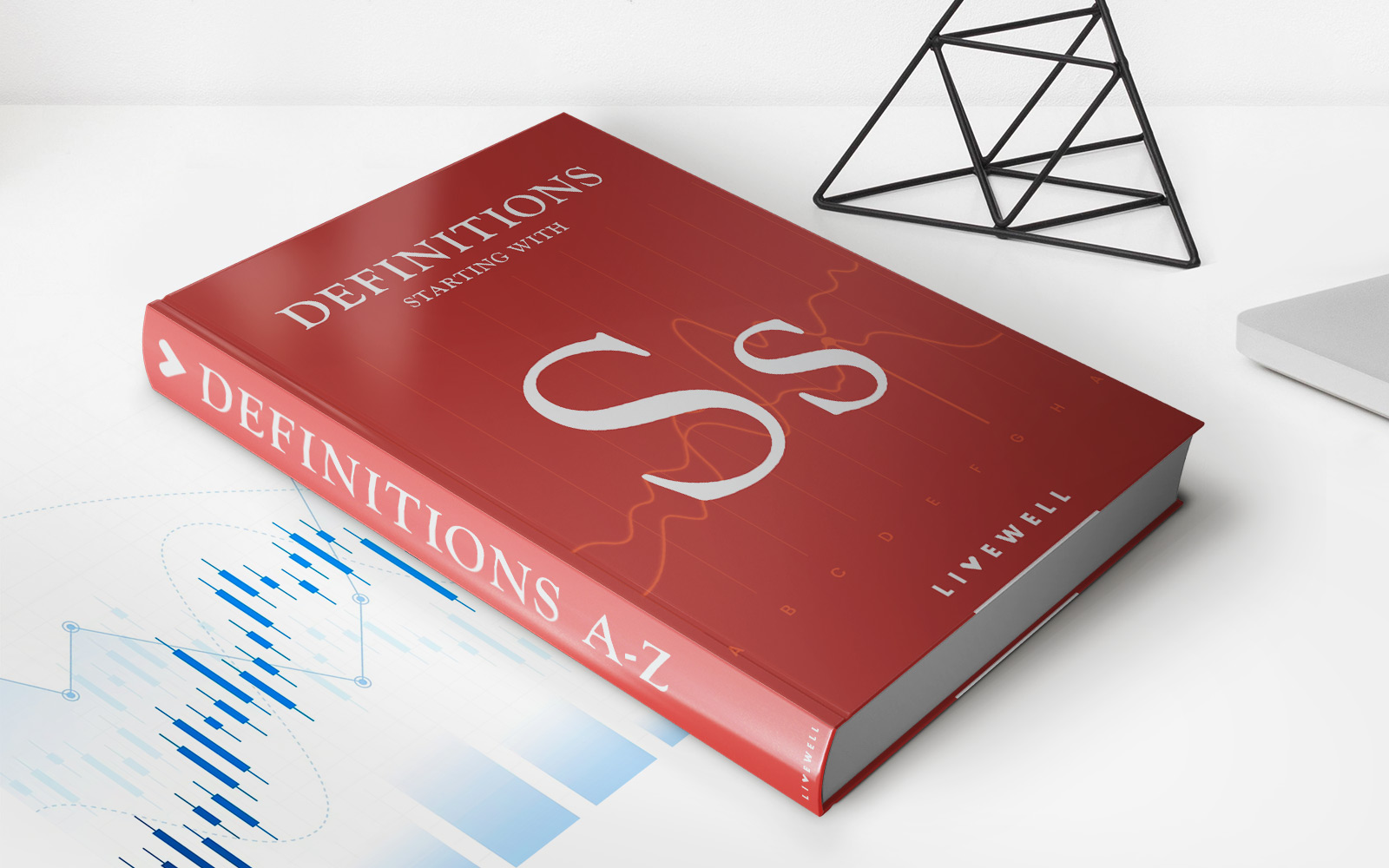Home>Finance>Stoller Average Range Channel (STARC) Bands Definition
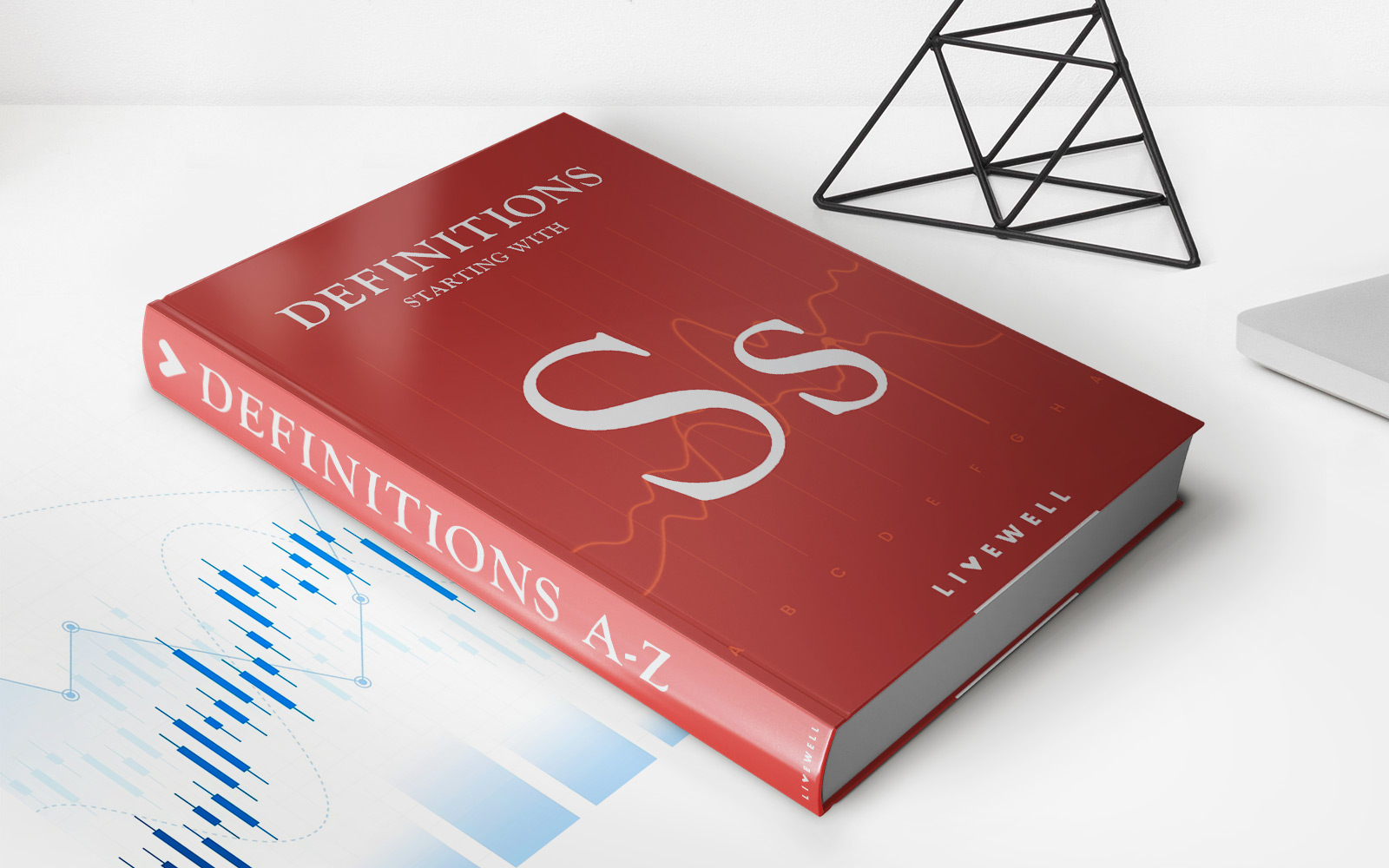

Finance
Stoller Average Range Channel (STARC) Bands Definition
Published: February 3, 2024
Learn about the Stoller Average Range Channel (STARC) Bands in finance. Understand how this technical indicator is used to analyze and predict price movements.
(Many of the links in this article redirect to a specific reviewed product. Your purchase of these products through affiliate links helps to generate commission for LiveWell, at no extra cost. Learn more)
Mastering Your Finances: Understanding STARC Bands Definition
When it comes to navigating the world of finance, knowledge is power. One important tool that can help you make informed decisions in your investment ventures is the Stoller Average Range Channel (STARC) Bands. These bands offer insights into market volatility and provide a visual representation of price movements. In this blog post, we will dive deep into STARC Bands definition and how they can be used to enhance your financial strategies.
Key Takeaways:
- STARC Bands are a technical analysis tool used to identify volatility and anticipate potential price reversals.
- They consist of three bands: the Upper Band, Middle Band, and Lower Band, each depicting different levels of price activity.
What are STARC Bands?
STARC Bands, developed by Manning Stoller, are a popular technical indicator used by traders and investors to assess volatility in the financial markets. They are based on the concept that price movements tend to fall within a range, and when prices deviate significantly from the average, it may indicate a potential trend reversal.
Understanding STARC Bands Definition:
STARC Bands consist of three lines that assess price volatility: the Upper Band, Middle Band, and Lower Band. These lines are plotted above and below the middle band, which is typically a simple moving average (SMA).
- The Middle Band: This line represents the average price over a specified period. It serves as the baseline for the other two bands.
- The Upper Band: This line is calculated by adding a multiple of the Average True Range (ATR) to the middle band’s value. It reflects the upper price range where prices are expected to revert downwards.
- The Lower Band: This line is calculated by subtracting a multiple of the ATR from the middle band’s value. It represents the lower price range where prices are expected to revert upwards.
The STARC Bands offer crucial information to traders and investors. When prices approach the upper band, it suggests that the market is overbought, and a price correction may occur. Conversely, when prices approach the lower band, it indicates that the market is oversold, and a potential upward reversal might be on the horizon.
Utilizing STARC Bands in Your Financial Strategies:
Now that we have a solid understanding of STARC Bands definition, let’s explore how you can incorporate them into your financial strategies:
- Volatility Analysis: STARC Bands enable you to gauge market volatility by observing the width between the upper and lower bands. Wider bands indicate higher volatility, whereas narrower bands suggest lower volatility.
- Identifying Trend Reversals: By monitoring price movements in relation to the bands, you can detect potential trend reversals. If prices consistently touch or exceed the upper or lower bands, it signals a potential reversal may be imminent.
- Confirmation with Other Indicators: STARC Bands work well when combined with other technical indicators. Looking for confirmations from indicators such as the Relative Strength Index (RSI) or Moving Average Convergence Divergence (MACD) can strengthen your trading decisions.
It is essential to remember that STARC Bands are just one tool among many in a trader’s toolbox. They should be used in conjunction with other forms of analysis to make well-informed financial decisions.
With a solid grasp of STARC Bands, you have the potential to enhance your financial strategies and make more informed investment decisions. By analyzing market volatility and identifying potential trend reversals, you can navigate the complex world of finance with more confidence and accuracy. Remember to combine STARC Bands with other indicators to gain a comprehensive view of the market and always exercise caution when making financial decisions.
